A fed animal is a dead animal.
KEEP THE WILDLIFE WILD!
Don’t Feed the Animals!
LEAVE NO TRACE.
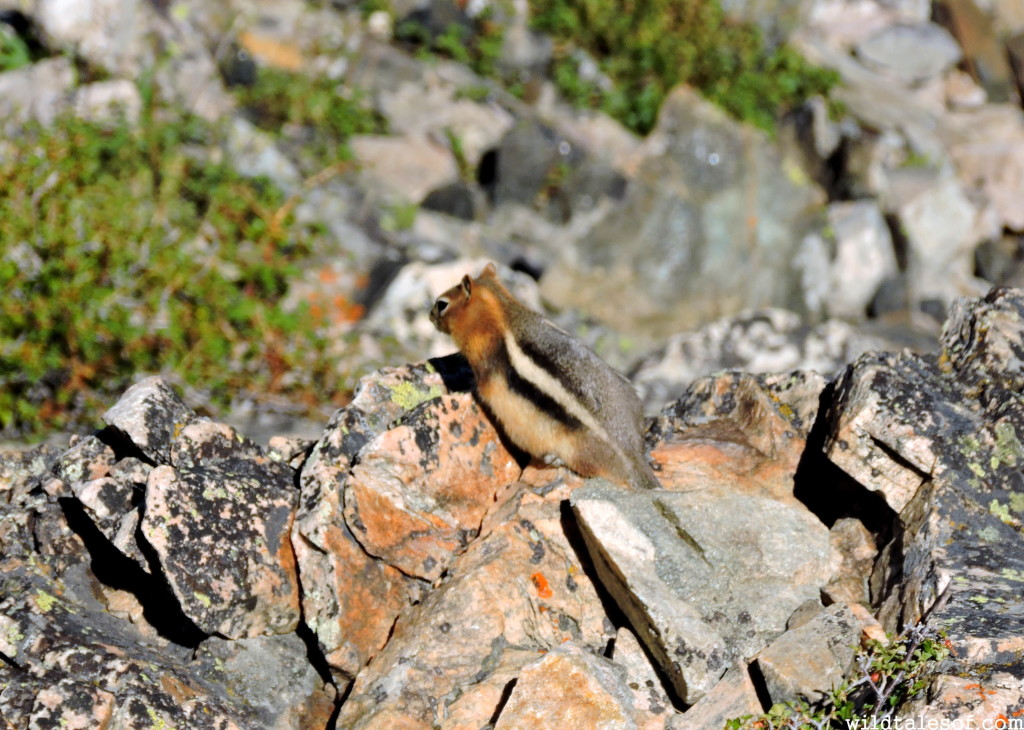
Any of these sayings ring a bell? As I explore our city and adventure all over the country, I encounter individuals interfering with wildlife. Most recently on our road trip through Montana, I was faced with dozens of folks doing what I thought was an obvious “no-no”.
People who seemed like sensible human beings were reaching into a bucket full of sunflower seeds, and offering the treat up to the chipmunks who scrambled around the scenic overlook hoping for a handout.
Yes, three questions popped into my mind:
1. Why isn’t the message that feeding wildlife is wrong more clear to people?
2. Who’s supplying these buckets of seeds for visitors to hand out?
3. How is it okay for these buckets of seeds to be available in the first place?
I don’t feel that I necessarily have any more special training than the next citizen. So it baffles me that principles that seem like common sense are so often ignored. Just from living and breathing (and reading signs and placards), I’ve picked up the following information:
- When wild animals are fed by humans, they learn to be reliant on humans for their food.
- Wild animals that are consistently fed by humans can become aggressive when encountering other humans.
- The food provided to wild animals is often NOT part of the animal’s natural diet, and therefore not nutritious.
- Feeding wild animals leads to an unnatural increase in their population, which then leads to excess fecal waste, an increase in pest-like behavior, and more stress on the local environment.
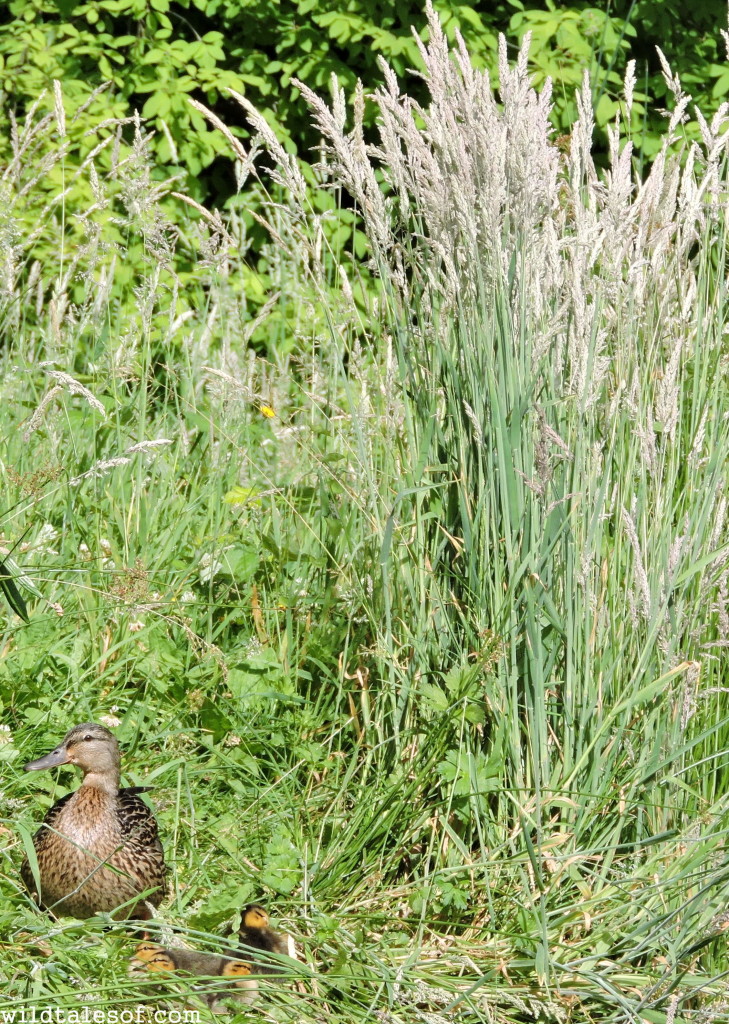
On this particular day it was chipmunks, but on a regular basis I unfortunately watch people feed ducks, geese, seagulls, and crows to name a few. Sure it might be cute, and kids love it, and you might be able to snap a “sweet” photo. But the truth is, it’s wrong, and doing much more harm than good.
Alternatives to Feeding Wildlife
I admit, it can be fun to provide food for animals, and once upon a time I was doling out the bread to ducks, and throwing cheese to flocks of seagulls. Here are a few ways that you can interact with wildlife/animals without interfering:
- Create a backyard environment that naturally attracts different species of birds that you are interested in seeing.
- Visit local water sources (ponds, lakes, streams, etc), and simply observe. Bring along binoculars and field guides to help identify what you see.
- Often zoos and farms have feeding opportunities and programs where kids and adults can safely provide food for the resident animals.
- Consider volunteering at your local humane society. Kids accompanied by an adult can often participate in dog and cat socialization, grooming, cleaning, and may even be allowed to hand out a few treats here and there!
How do you enjoy wildlife without interfering?
Come join the conversation! You can keep up to date with each and every post by subscribing to the blog via email. We’d also love to have you join us on all of our adventures by “liking” our facebook page and following us on twitter! If you enjoyed this post, please “like it”, “tweet it” or “pin it”!
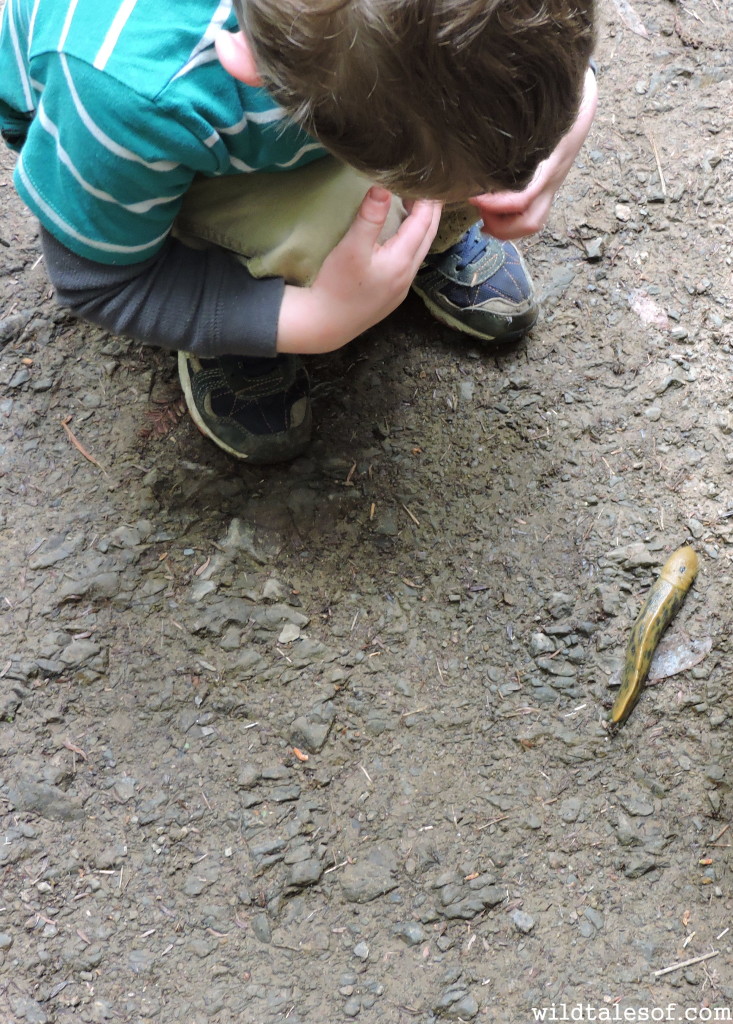
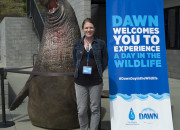 Dawn Day in the Wildlife: Reviving Environmental Stewardship
Dawn Day in the Wildlife: Reviving Environmental Stewardship Peshastin Pinnacles State Park: Rattle and Hum
Peshastin Pinnacles State Park: Rattle and Hum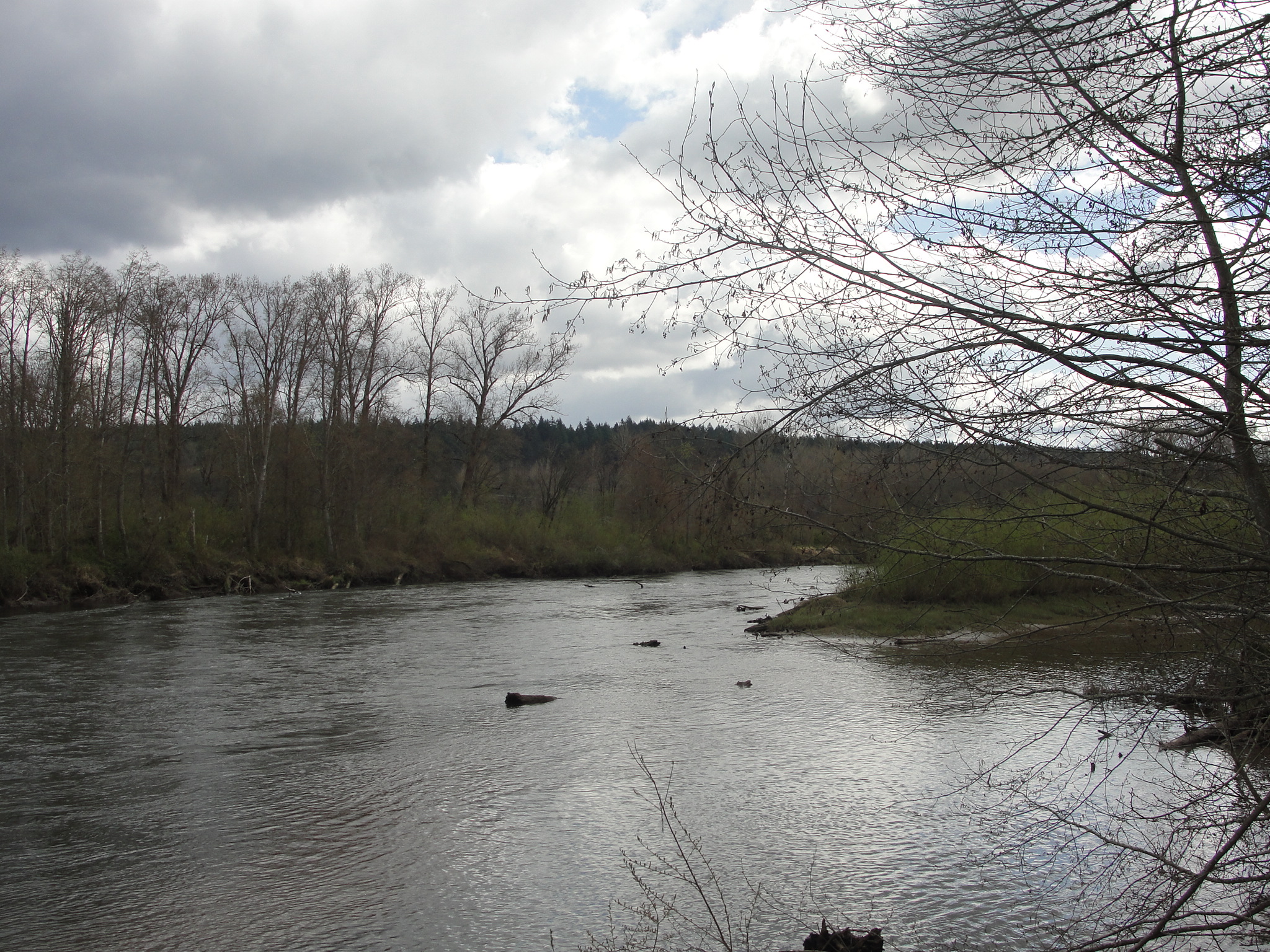 A Spring Visit to Nisqually National Wildlife Refuge
A Spring Visit to Nisqually National Wildlife Refuge Food Carts of Downtown Portland, Oregon: 3 Tasty Choices
Food Carts of Downtown Portland, Oregon: 3 Tasty Choices
Food for thought! More education is needed in this area. Parks, zoos and nature centers do emphasize that feeding wild animals is not a good practice (and may be forbidden) but unfortunately many people are not taking the message seriously.
Food for thought–love it, Martie! Glad to hear that you too are seeing an effort to educate. I hesitate to approach people that I see feeding wildlife for fear of confrontation, but maybe they just aren’t aware of the ill effects.